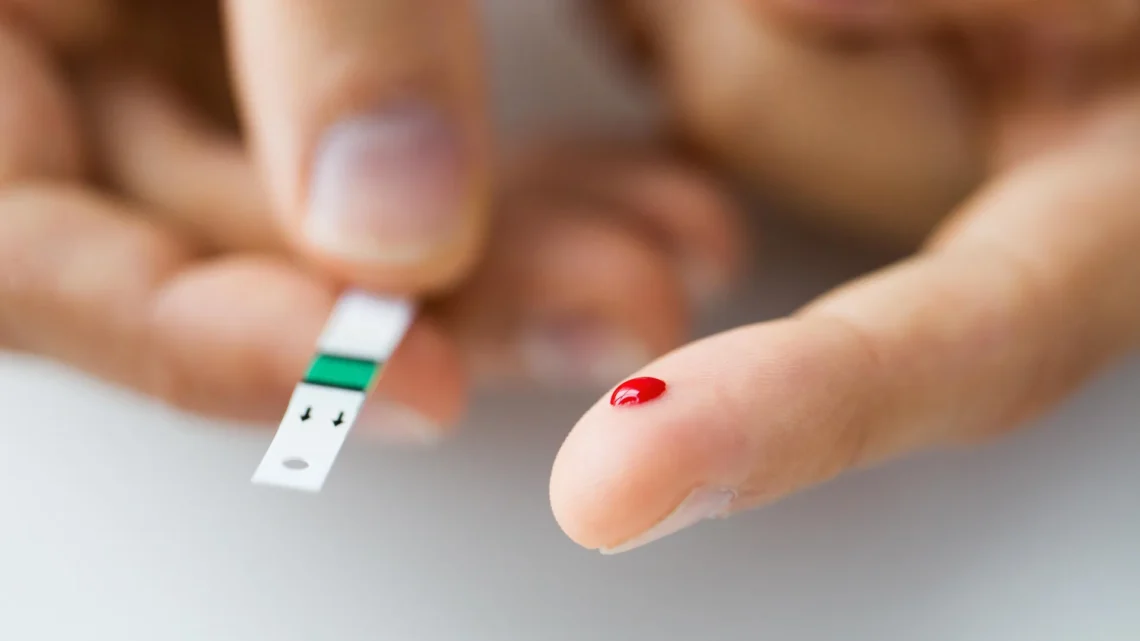Undiagnosed Diabetes: A Global Public Health Concern
A significant proportion of the global population with diabetes remains undiagnosed or is not receiving optimal care, according to a recent study published in The Lancet Diabetes & Endocrinology. The Institute for Health Metrics and Evaluation (IHME) at the University of Washington School of Medicine, along with a global network of collaborators, conducted a comprehensive analysis of the diabetes care cascade across all ages, both sexes, and in 204 countries and territories from 2000 to 2023.
Key Findings on Undiagnosed Conditions
In 2023, it is estimated that 44% of individuals aged 15 and older with diabetes are unaware of their condition. This underdiagnosis is particularly pronounced among young adults, who are at a greater risk for long-term complications associated with the disease.
Treatment and Management Disparities
Among those diagnosed with diabetes, 91% are receiving some form of pharmacological treatment. However, only 42% of those undergoing treatment have optimally managed their blood sugar levels. This statistic indicates that merely 21% of all individuals with diabetes globally are achieving optimal management of their condition.
Regional Disparities in Diabetes Care
Despite notable improvements over the past two decades, the research reveals significant regional disparities in diagnosis and treatment, particularly in low- and middle-income countries. High-income regions, such as North America, exhibit the highest rates of diagnosis, while the Asia Pacific region reports the greatest rates of treatment among diagnosed individuals. Southern Latin America demonstrates the highest rates of optimal blood sugar management among those undergoing treatment. Conversely, Central sub-Saharan Africa faces alarming gaps in diagnosis, with less than 20% of individuals with diabetes aware of their condition.
The Path Forward: Urgent Need for Action
“By 2050, it is projected that 1.3 billion people will be living with diabetes,” stated Lauryn Stafford, first author and researcher at IHME. “If nearly half of them remain unaware of their serious and potentially life-threatening health condition, we are at risk of encountering a silent epidemic.”
Given the rapid rise in diabetes cases, the research highlights the urgent need for investments in screening programs targeted towards younger populations, as well as enhanced access to medications and glucose-monitoring tools, particularly in underserved regions. In 2022, the World Health Organization (WHO) established a target for 80% clinical diagnosis of diabetes by 2030.
The study was funded by the Bill & Melinda Gates Foundation.
Key Health Takeaway
Prompt diagnosis and optimal management of diabetes are crucial in preventing long-term health complications. Increased investment in screening and access to treatment, particularly in underserved areas, is essential to combat the growing diabetes epidemic.





